Now that it’s March and spring is in sight, there’s more and more to do in the garden. Hopefully, where you live, the sun is shining more often than not, the birds are singing and spring is in full swing.
1. What to Plant in March
Depending on where you live, the soil may be beginning to warm up, so you can start sowing seeds directly outdoors. In these milder climates, some of the seeds you can sow directly now are:
- Summer salad crops like lettuces, endive, rocket, cress and radishes
- Root crops like beets, turnips, carrots and parsnips
- Swiss chard
- Brassicas like cauliflower, kale and brussel sprouts
- Leeks and onions
- Peas
- Spinach.
If you’re in a colder climate, and perhaps have a greenhouse polytunnel or another warm spot to plant, then go ahead and start slow-growing seeds in trays or pots. Vegetables like peppers — hot or sweet — take a long time to germinate, and they need a warm area to grow.
If you want summer peppers, you really need to start these by mid-March, so now’s the time! Keep in mind, though, that chili peppers don’t have such a high germination rate as other vegetables, so be sure to sow a lot to end up with enough plants.
Seeds to start indoors — ideally by the end of March so they don’t get too large before the weather is warm enough for them to go outside — include:
- Tomatoes
- Peppers
- Aubergines
- Celery
- Courgettes, squash, cucumbers and melons.
2. Order Seeds to Plant in Spring
Let’s take a step back — to sow seeds, you need seeds! For those seeds that you don’t already have, now is the time to order your summer seeds that you’ll plant over the next couple of months. Just like in January, plant what you love to eat.
Although experimenting with different sorts of vegetables can be fun, you might end up overwhelmed with the amount of work to simply keep your regular flow of produce going. If you’ve got extra time and patience, then experimenting with new and unusual veggies could be a lot of fun.
Perhaps try to source your seed locally — there are online seed sharing banks, as well as local sources via your nearby gardening store. These locally strained seeds will be bred for your particular climate, adapted to your local soil and most likely will thrive better than a generic standardized variety.
3. Prepare the Soil for Planting
If you live in a milder climate, the soil has (hopefully) warmed up some after the colder winter months, and you can get out there and start cleaning up — getting rid of dried-up weeds, collecting rocks and other debris to throw to the side.
If you’re in a colder climate, then there’s not much to do yet in the garden. Instead, you can tend to your seedlings in your polytunnel or greenhouse or those winter seeds planted under a cloche or mini-tunnel.
4. What to Harvest in March
There is lots to harvest in March — depending on where you live, many of the brassicas, and even some lettuce, survive the colder winter months. I’ve seen a beautiful fragile-looking head of lettuce withstand and come out unscathed after a heavy snowfall. These vegetables are stronger than they seem.
In the autumn, if you planted winter vegetables, then among those plants to harvest now include:
- Kale
- Cauliflower
- Swiss chard
- Parsnips
- Leeks
- Winter cabbage.
5. What to Prune in March
This is a perfect time to prune: Flowering is complete and spring growth hasn’t yet begun. Have a look at your trees — walk around them and observe the growth pattern and shape. Depending on your goal — be it a round form or a tree cut to espalier — by taking a bit of time to observe your tree, you’ll know where to begin cutting.
Next, begin deadheading, or removing old flowers or growth (unpicked walnuts, for instance), and cut back to robust outward-facing buds. Remove damaged, diseased, dead or scraggly old growth. Go ahead and remove crossing branches, vigorous upgrowing shoots from the base of the tree or plant, and water sprouts that grow upward from the branches or trunks.
If you’re pruning spring bloomers, do so either just after flowering or before they begin flowering to not discourage the amount of spring bloom.
To control the spread of disease while pruning, dip your pruning shears in rubbing alcohol.
6. Tidy Up the Garden
You can use the month of March to plan and consider how you would like your garden to evolve this summer. Where will you plant your tomatoes this year? Would you like straight lines with paths in between? Or maybe change it up a bit and create a circle garden. Consider mulching and maybe laying down some cardboard to create a no-dig garden.
Whatever you choose to do, this is a good time to walk around your garden and see what needs to be done. Maybe you left your irrigation system intact, so this is a good time to collect it so you can soon work the soil unencumbered. If there are large rocks or other debris, this is the time to remove it and make your gardening space an easy canvas for spring gardening.
7. Repot Houseplants
As the weather starts warming up — but it’s not yet quite warm enough for long stretches of outside gardening — it’s a great time to tend to your household plants. Closer to home, but sometimes overlooked, these household plants often need a fresh pot or fresh soil.
If you would like a particular plant to maintain its current size, then simply topping off the soil will breathe a bit of new life into the plant. On the other hand, if you would like a plant to grow, then find a pot just a smidge bigger (not to overwhelm the plant) and throw in some fresh soil, and off you go.
Plants love attention and they especially love fresh soil — and some even love a shower. Place the plant under the kitchen faucet or on the shower floor, and with a gentle tepid stream, let the plant luxuriate for a couple minutes. After the rinse, be sure to allow the plant to drain off excess water before returning it to its place.
8. Get Rid of Pests
If you notice any pests (white spots or tiny aphids) on your house plants, then try using a vinegar-and-water spray to douce them. Plants can survive this natural home remedy, but most pests won’t. Be sure to spray a couple times a day, or need be, to ensure the disappearance of any unwanted guests.
9. Check Your Compost to See if it’s Ready to Use
Throughout the winter, your compost pile has undoubtedly grown and settled. Every now and again, have a good look to see if you might need to mix it, water it or add more dry material. Compost bins love a fresh dose of dried leaves, dried almond husks, grass cuttings and the like.
If your compost is ready to use:
- Should have a plethora of worms, mites and mycelium visible
- Dark, crumbly texture
- Pleasant, earthy odor (sour, ammonium smell = not ready)
- Recognizable organic materials should no longer be recognizable
- Compost pile should have shrunk by half its size.
10. Prepare your Garden Tools
This is a great time to prepare your gardening tools and equipment for the warmer months. If you have a handheld garden cultivator or tiller, and didn’t remember to store it clean, then wipe off the excess dirt and get it ready for work. This tool can save you hours of labor of crumbling clumps of compacted dirt for planting.
Clean your gardening tools and then place them somewhere that’s convenient for those days when the sun shines and warms up the earth. When you have your tools ready to go, a warm sunny day might inspire you to go and do a couple hours of gardening work.
What are the gardening tasks you’ll be doing in March? Let us know in the comment box below.

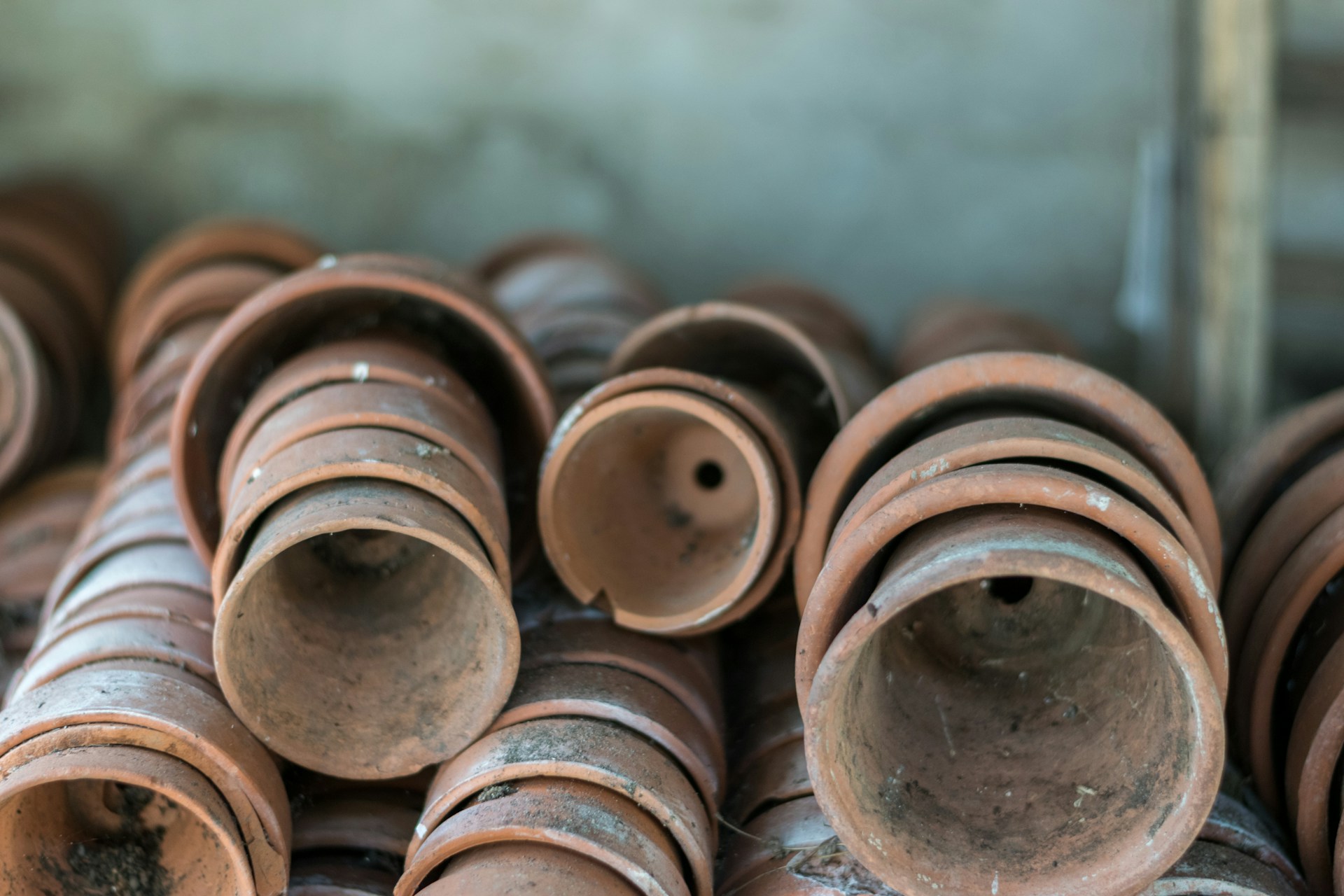
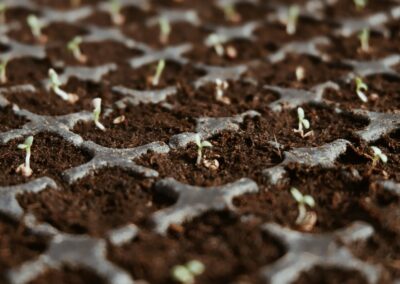
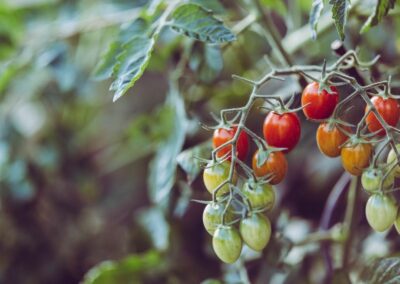


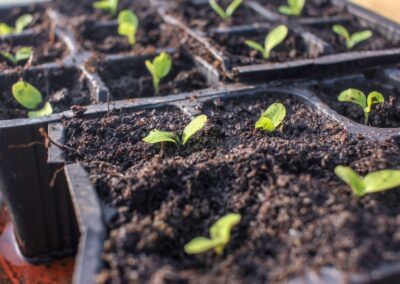

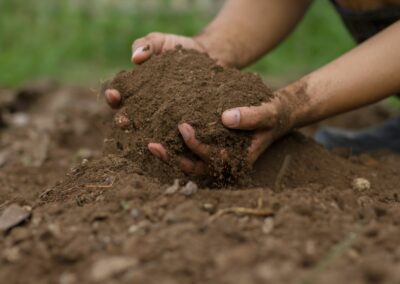
0 Comments